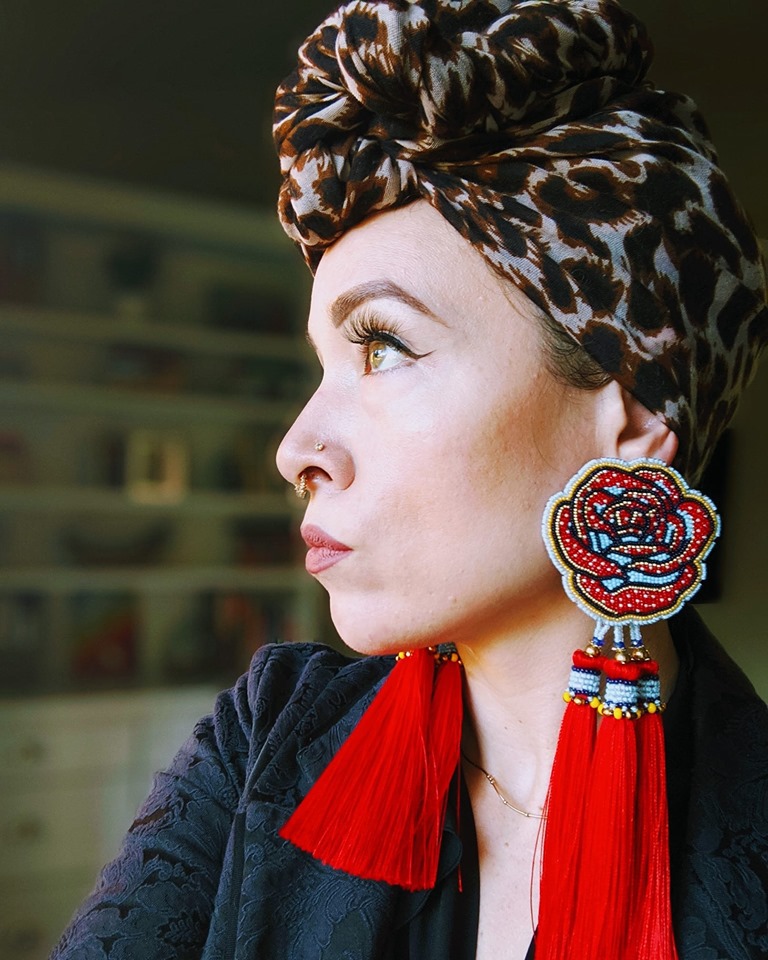Over 80 teams competed before Tom McCall Waterfront Park in the Portland Rose Festival Dragon Boat Races June 11 and 12. A multitude of spectators gathered under perfect weather and water conditions as heats of four teams raced their dragon-embellished boats with only paddles to power them on a straightaway from Tilikum Crossing to Hawthorne Bridge.
The event has been a Rose Festival tradition for 26 years, with boats provided through the Portland-Kaohsiung Sister City Association.
Dragon boats can be seen training up and down the mighty Willamette daily at any time of year, and Portland State’s Confucius Institute presents a dragon boat festival every June. Many teams offer open houses to curious participants, and the annual Portland Dragon Boat Festival is in September. Dragon boat racing is all about Portland.
But what is the sport all about? What is it like to participate on a team? Dragon boating has attracted folks of all ages and walks of life for over 2,000 years and is still growing.
Lisa Wall of DragonSports USA was invited by a coworker to try dragon boat racing 14 years ago and quickly found she loved the sport. She moved from her initial Rose Festival seasonal team to a year-round group competing up and down the West Coast once a month on average. Travel teams spend the entire day together, racing, eating, hanging out.
“Traveling to races is always a lot of fun,” Wall said. “I’ve gone to races in San Diego, Long Beach and Oakland, trying out for the World Championships. Going up to Vancouver for their annual race is always fun, because it attracts the best paddlers from all over the US and Canada. So even if you don’t win, you feel great knowing you did well against such difficult competition.”
Dragon boaters participate for a range of reasons: exercise, stress relief at the end of the day, the adrenaline of competition. But many say the great benefit is the sense of community inherent in successful operation of the boat. Many boaters are attracted to the challenge of communal syncopation.
“Number one thing is timing,” Wall said. “No matter how strong of a paddler you are, if you can’t stay in time with the person in front of you, your strength is wasted and you are holding your team back.”
Rachel Hughes, mid-bench powerhouse for Rose Festival Division 2 champions Firebreathing Blowfish added that it’s the sense of accountability to the team, the community, that attracts so many to the sport. Hughes stays motivated to work out by the sense of teamwork and knowing others are counting on her.
“It’s very different from other water sports. When I started I thought it would be just arms,” said Hughes. “But it’s a full-body workout. Also, [the teams] are great people to be around. It’s social hour for sure, but you also get your workout in. It’s a double dip.”
Teams are made up of several positions. The captain, or caller, is responsible for decision making and communicating to the team. Sometimes the caller drums, providing rhythm for the paddlers. The tiller steers the ship from the aft with a mounted rudder. Up to 20 paddlers work in unison to start the 3,000-pound boat from a dead stop to a sprint and race from bridge to bridge in under three minutes. Race teams often finish within two seconds of each other.
The final position, the flag catcher, rides at the head of the dragon and catches the flag, completing the race for the team. Vicki Foster is flag catcher for team Water Dragons.
“Flag catching is fun, a lot like whitewater rafting,” Foster said. “You literally hang off the front of the dragon head. If you miss the flag there is a 20 second penalty, if you fall off the boat there is a 40 second penalty. When you look at placing tenths of a second difference between teams, a 20 second penalty is huge.”
Teams often train three times a week for an hour, with workouts on short sprints and longer rhythm runs. Paddlers aim to utilize their full body’s potential in their technique and build endurance to perform at peak intensity the entire race. Closer to tournament time, teams will practice capturing the flag, finding their good side and their bad side. But you often won’t see the ceremonial dragon heads or tails on the training boats.
Dragon heads and tails are held at the Willamette dry dock until the Awakening of the Dragons ceremony just before a competition or festival, in which the head is mounted and the dragon’s eyes are symbolically opened. The ornate dragon heads and boats are provided by the Portland-Kaohsiung Sister City Association.
Today, dragon boat racing inspires enthusiasts all along the west and east coasts of the United States, Canada, and many international locales, including, of course, China. The sport originated ceremoniously in southern China 2,000 years ago among competing tribes living along the Yangtze River.
“The tradition of dragon boat racing can be traced to the period of the Warring States, far before the Spring and Autumn period in China’s history, which was based on an ethnic group along the downstream Yangtze River,” said PSU Confucius Institute Co-Director Dr. Mingqiang Gao. “It was generally applied as a way to worship their totem—dragon.”
History and culture have inspired many to discover the meaning of traditional dragon boat festivals. PSU’s Confucius Institute June dragon boat festival featured a traditional Zongzi party where hosts prepared Zongzi (rice dumpling) for audiences to taste, and a tutorial presentation taught how to make Zongzi.
Ultimately, as with any recreational sport, most just do it for the love of the game.
“I love being out on the water, and I love being out on the water with a bunch of other people who love being out on the water,” Foster said.
Dragon boat teams often recruit new members and offer a wide range of levels of competition. Many dragon boaters have never participated in a competitive sport before but find a sense of satisfaction in the rigorous physical training and the great sense of community among the teams.






